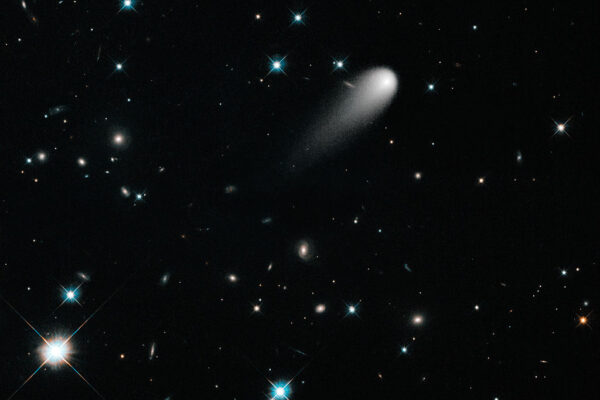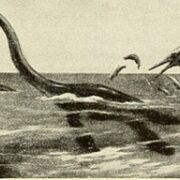
It’s a show that’s been 50,000 years in the making. That’s how long Earth has waited for Comet 2022 E3 (ZTF), an extremely rare green comet, to appear in the sky again. CNN writes, “Discovered on March 2, 2022 by astronomers using the Zwicky Transient Facility’s wide-field survey camera at the Palomar Observatory in San Diego County, California, the comet will make its closest approach to the sun on January 12.”
PASS IT ON: A green comet will appear in the night sky for the 1st time in 50,000 years! Comet 2022 E3 (ZTF) will appear through early February & make its closest pass of Earth on February 1st & 2nd. You may need binoculars but should spot it near the North Star. #Comet #Space pic.twitter.com/e1BWrG5zMr
— Mark Tarello (@mark_tarello) January 12, 2023
NASA says that the “comet is now passing through the inner solar system and should be visible with a telescope and likely with binoculars. The comet, which has a mouthful of a name – C/2022 E3 (ZTF) – was first sighted in March last year, when it was already inside the orbit of Jupiter. It makes its closest approach to the Sun on January 12, and then passes its closest to Earth on February 2.
Comets are notoriously unpredictable, but if this one continues its current trend in brightness, it’ll be easy to spot with binoculars, and it’s just possible it could become visible to the unaided eye under dark skies.
Observers in the Northern Hemisphere will find the comet in the morning sky, as it moves swiftly toward the northwest during January. (It’ll become visible in the Southern Hemisphere in early February.) This comet isn’t expected to be quite the spectacle that Comet NEOWISE was back in 2020. But it’s still an awesome opportunity to make a personal connection with an icy visitor from the distant outer solar system.
CNN says to mark you calendars: “The icy celestial object, which has steadily brightened as it approaches the sun, will subsequently make its closest pass of Earth between February 1 and February 2, around 26 million miles away, according to EarthSky — as the comet nears Earth, observers will be able to spot it near the bright star Polaris, also called the North Star, and it should be visible earlier in the evening.
Depending on how bright it becomes in the coming weeks, C/2022 E3 (ZTF) may even become visible to the unaided eye in dark skies toward the end of January.”
On Thursday, January 12, the Indy Star said, “the Virtual Telescope Project will host a free livestream of the comet beginning at 11 p.m. EST. You can watch from the project’s website or on its official YouTube channel.
In the Northern Hemisphere, stargazers should look for the comet in the morning sky as it travels northwest. The comet should be easier to spot — weather permitting — when the moon is less illuminated during its new moon phase.”
After it says hello to us here on Earth, the comet will then sail past Mars a week later.
You can see when you’ll be able to best see the comet by using this website.
NASA also recently offered some skywatching tips for this month.
[Read More: SCARY: T. Rex May Have Been MUCH Smarter Than Originally Thought]









